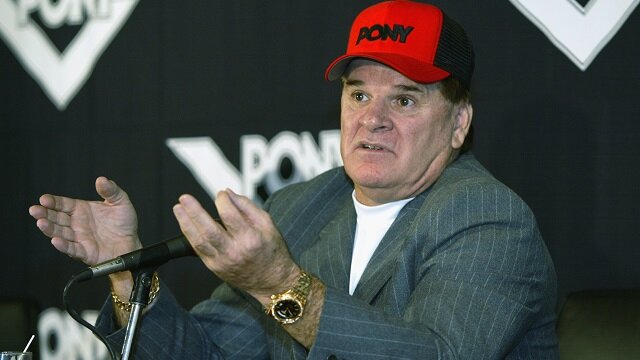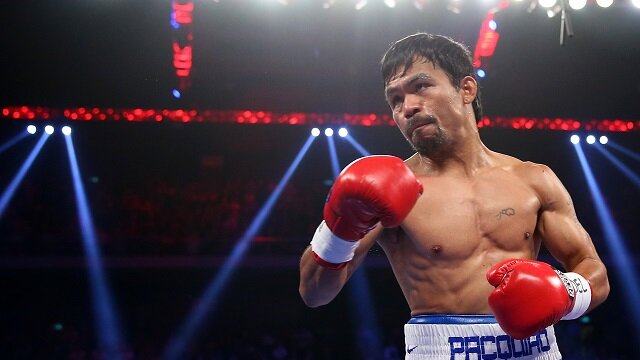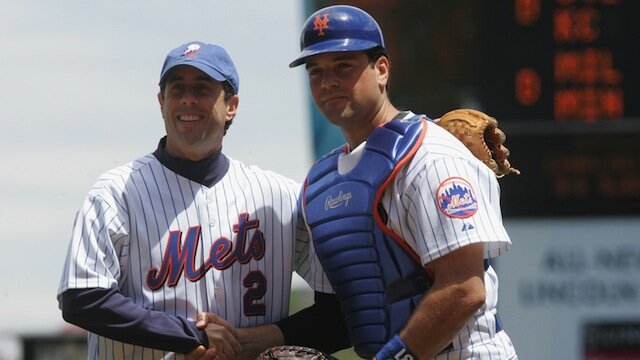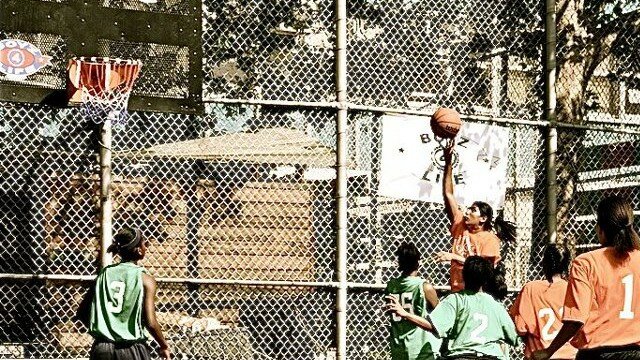Indian Athletes Can Learn from Pete Rose’s Story

Photo by Jeff Gross/Getty Images
Here Now, a gritty glance into the day-to-day life of Pete Rose. Mr. Rose is an MLB legend — a player whose hustle, aggression, and relentlessness once earned him a seemingly guaranteed spot in the annals of baseball lore.
He was the leader of the famous “Big Red Machine” of Cincinnati that ruled the 1970′s winning back-to-back titles and dominating the National League. Rose’s stats were off the charts as he won three straight batting titles, a regular season MVP, a World Series MVP, SI’s “Sportsman of the Year” award, and Sporting News’ “Man of the Year” award — all in a five-year span. He won a ring in Philadelphia and had a brief stint with the Expos before returning to the Reds and surpassing Ty Cobb as the all-time hits leader in 1985 (he still owns the title).
After his official retirement in 1986, he became the manager of the Reds till 1988 and made more than a few murky decisions that surely haunt him to this day.
As skipper, Rose definitely wagered on his own team and may or may not have bet against his team on certain nights or on other teams in the league. A search on Google will yield you more information if you’re interested, but the bottom line is that his actions were unforgivable enough to earn him a lifetime ban from the MLB courtesy of the commissioner. He has been badgered on national TV by pesky reporters (search “Jim Gray and Pete Rose” on YouTube), prevented from taking part in the Reds’ various ceremonial activities and forever carries the stigma of a player driven too far by his competitive fuel.
He is currently the only living player on baseball’s ineligible list.
Based on the eight minutes of footage in Here Now, it seems like Rose has avoided the self-indulgent slippery slope that seems to befall so many disgraced athletes/celebrities and has come to grips with his past. But smiles and laughs aside, Rose is clearly an embattled man. He laments not having a second chance and even admits that he “would rather be managing a baseball team” than selling merchandise.
And therein lies the tragedy of his story. Pete Rose played twenty-four hard years of baseball. His zeal for the game earned him the nickname “Charlie Hustle” and garnered him a heap of accolades. Good person or not, he gave a lot of what he had to his career. Yet when trouble struck in the late-80′s and 90′s, he couldn’t just get back out on the diamond and redeem himself. He couldn’t just ignore the critics and get back to work. He was forced out of the game and left to wallow in a morass of guilt and self-pity (I guess that was the point of the ban…).
Other professionals who royally screw up at their jobs often get another shot. The Duke doctor who fabricated research that caused actual lives to be lost found work practicing at a private clinic. The banker (name disclosed) at JP Morgan who gambled away $2 billion will surely get another shot at another firm. But athletes? They are limited by the number of years their bodies allow them to play. Once the spotlight disappears, it’s hard to shine again.
Pete Rose is a first-class example. What’s the point of keeping him ineligible from baseball? What lesson is the MLB trying to teach? If the league thinks it curtailed cheating in any way by coming down hard on Rose, the steroids era is definitive proof to the contrary. I get that the league might look weak if it lifts the ban, but get over it. The ban has affected one man much more than it has helped anyone else. Plus, life’s too damn short to be so negative.
Rohit Ghosh is a Senior Writer for www.Rantsports.com. Follow him on Twitter @RohitGhosh.
Paulina Gretzky: Top 20 Hot Photos From Instagram
Here's a look at the top 20 hot photos of new mom and Instagram queen, Paulina Gretzky. Read More
Pacquiao Trolls Mayweather On Twitter
Manny Pacquiao is so confident he can defeat Floyd Mayweather Jr. in the ring that he has started to troll him on Twitter. Read More
LRP: Mainstream Sports Media and Gambling
A look at the partnership between media and gambling, brought to you by Locker Room Picks. Read More
Hot Photos of Irina Shayk, Ex-GF of Ronaldo
With Irina Shayk back on the market after breaking up with Cristiano Ronaldo, here are 20 hot photos of the model to let the soccer player know what he'll be missing. Read More
Lindsey Vonn: 15 Hot Photos of Ski Racer
In honor of her making World Cup history, here's a look at 15 hot photos of ski racer Lindsey Vonn. Read More
LRP: Super Bowl Thoughts, Opening Line
Taking a look at the upcoming matchup in the Super Bowl and the opening line, brought to you by Locker Room Picks. Read More
20 Celebrity Seahawks and Patriots Fans
In honor of Super Bowl XLIX, here's a look at 20 celebrity fans of the Seattle Seahawks and New England Patriots. Read More
Seinfeld Sports References
Who doesn't love Seinfeld? In fact, it's one of the top sitcoms in India as well. Here are some sports references from the show. Read More
List of Indian Female Athletes
The following list is comprised of female Indian athletes who have either won championships, titles or medals, or set a record in their respective event. Read More
Learning from NFL's Blackout Policy
As the EFLI continues to grow, league management and fans can learn a great deal from the NFL's blackout policies. Read More
Benji's Lessons
Sports fans and young athletes in India can learn a great deal about the harsh realities of life through Benji's story. Read More
Impact of Jay-Z
Fans in India may know Jay Z, but cannot comprehend the impact he has on the sports world internationally. Read More

















